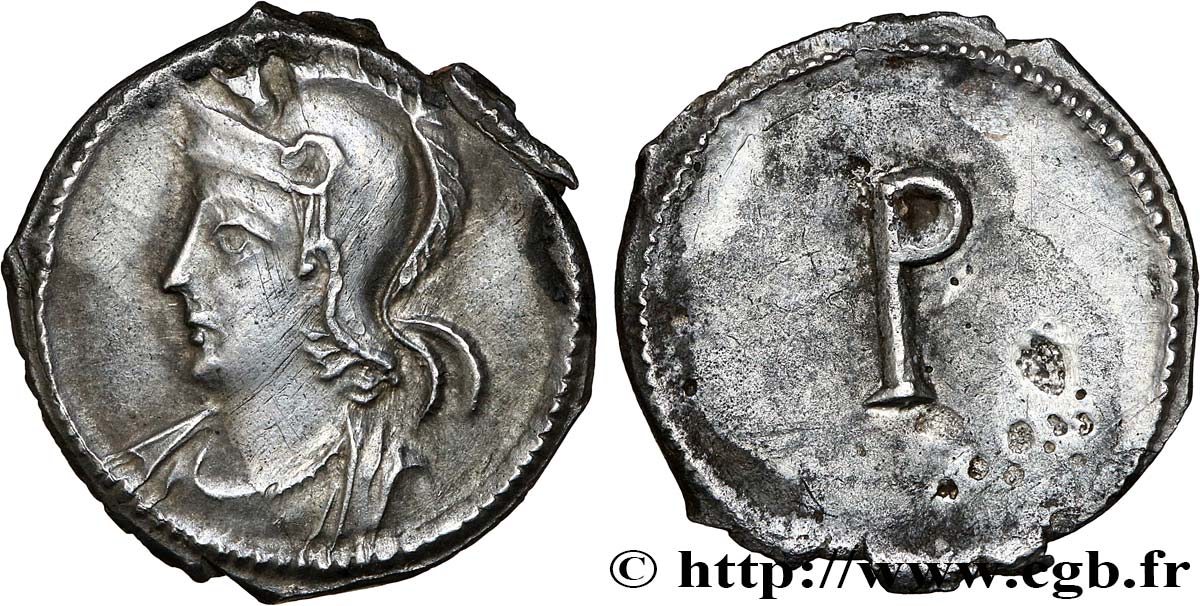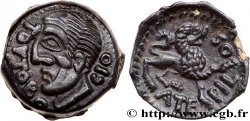Live auction - brm_643056 - CONSTANTINOPOLIS Demi-silique
You must signin and be an approved bidder to bid, LOGIN TO BID. Accounts are subject to approval and the approval process takes place within 48 hours. Do not wait until the day a sale closes to register. Clicking on "BID" constitutes acceptance of the terms of use of cgb.fr private live auctions.
Bids must be placed in whole Euro amounts only. The sale will start closing at the time stated on the item description; any bids received at the site after the closing time will not be executed. Transmission times may vary and bids could be rejected if you wait until the last second. For further information check the Live auction FAQ
All winning bids are subject to a 18% buyer’s fee.
All winning bids are subject to a 18% buyer’s fee.
| Estimate : | 1 200 € |
| Price : | 600 € |
| Maximum bid : | 600 € |
| End of the sale : | 09 March 2021 15:23:27 |
| bidders : | 1 bidder |
Type : Demi-silique
Date: c. 330
Mint name / Town : Constantinople
Metal : silver
Diameter : 14 mm
Orientation dies : 5 h.
Weight : 1,28 g.
Rarity : R3
Coments on the condition:
Superbe exemplaire sur un flan légèrement irrégulier, centré des deux côtés. Très beau buste de Rome. Métal légèrement piqué au revers. Patine grise
Catalogue references :
Obverse
Obverse legend : ANÉPIGRAPHE.
Obverse description : Buste casqué drapé et cuirassé de Rome à gauche vu de trois quarts en avant .
Reverse
Reverse legend : P.
Reverse description : Lettre dans un grènetis.
Commentary
Ce type (n° 3) de la classification semble le plus rare de la série étudiée par S. Bendall en 2002 dans la RN. Un seul exemplaire était signalé, appartenant à une collection privée provenant d’une vente Hirsch 206, n° 557 pesant 0,95 g.
This type (No. 3) of the classification seems to be the rarest of the series studied by S. Bendall in 2002 in the RN. Only one example was reported, belonging to a private collection from a Hirsch 206 sale, No. 557 weighing 0.95 g
This type (No. 3) of the classification seems to be the rarest of the series studied by S. Bendall in 2002 in the RN. Only one example was reported, belonging to a private collection from a Hirsch 206 sale, No. 557 weighing 0.95 g








 Report a mistake
Report a mistake Print the page
Print the page Share my selection
Share my selection Ask a question
Ask a question Consign / sell
Consign / sell
 Full data
Full data








